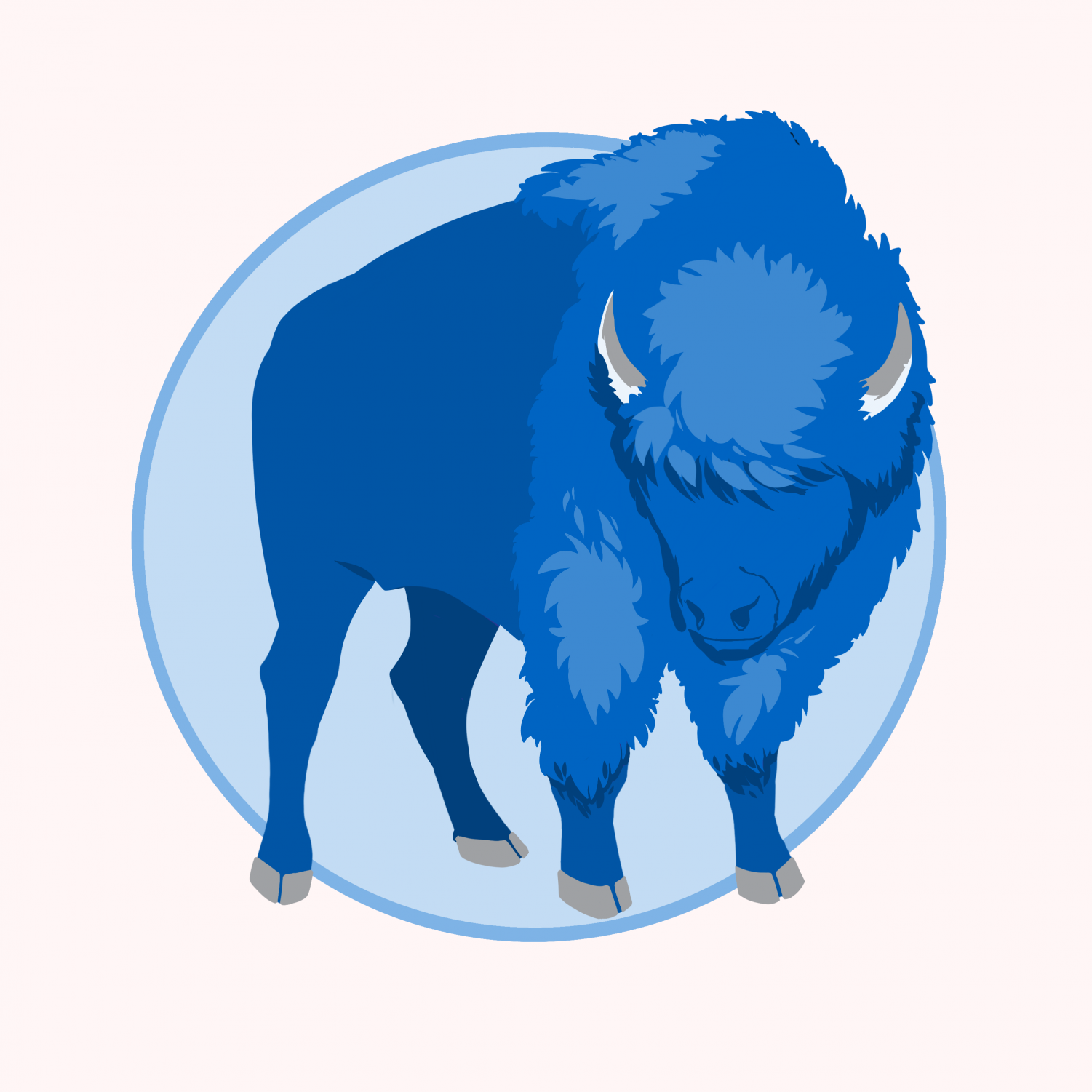Death by Humans
Could this be the end of our modern-day animals? Science seems to think so. As of 2022, more than a hundred species of animals are completely extinct: thirty three are extinct in the wild and about four thousand are critically endangered. Furthermore, around a million species of fauna and flora are faced with the looming threat of extinction due to our human hands. We are in what is now the ongoing Holocene extinction.
The Holocene extinction, otherwise known as the Anthropocene extinction, is the sixth mass extinction of our planet but the first that was mostly caused by a singular species: us. This human-caused extinction has its causes of course: food, poaching, sport, industrialization, foreign animals and diseases, climate change… you name it! But the worst part is, many of these species we have grown up with will be dead in our lifetime. And not just when we’re old and wrinkly – in at least ten to twenty years, if not a bit longer. In the last fifty years, we have lost 60% of the wildlife population according to the World’s Wildlife Fund. In a study done in 2018, the WWF, one of the most recognizable wilderness preservation organizations, found that not only is it 60%, tropical regions are facing a 90% decrease and freshwater species face 83%.
I’m sure I don’t have to explain what extinction is: we were taught all about it as kids. Extinction is when animals of a species no longer exist because they all die out like Pryrean ibexes in 2000, Javan tigers in 2003, or even Western black rhinos in 2011. But I don’t think we truly comprehend- or maybe we simply forgot- the significance and impact of extinction. Extinction is the destruction of biodiversity, the destruction of genetic history, the destruction of ecosystems, and the destruction of life as a whole. As more and more species succumb to death by humans by virtue of habitat loss, hunting, or whatever, the predators that once fed on those animals must find new food sources or die causing an unexpected decrease. And if that animal was a predator itself, the prey it used to hunt would simply go wild without anyone to keep their populations in check. Either way, the ecosystem becomes unbalanced. But we don’t hear about it- it is a footnote in world news, a deniable factor of life, not an immediate effect on human life, simply not important enough to report on.
There is no real way to stop extinction, it is after all, natural. The problem lies in the acceleration and the ways in which we accelerated it. A sixth mass extinction event was bound to happen, some might say. But, there is nothing natural about introducing foreign and invasive species to secluded islands and different countries, about water that was once ice, and water where there was once land, about hunting an animal to death just for the horns from their bodies, about farmland that was once forest, and ground that was once marsh and wetlands — nothing natural about it at all. There is no other species on earth that has caused the amount of damage we have. The best way to save our currently endangered animals is to protect their environments. Volunteer at local nature centers or wildlife refuges, learn about these animals and their natural habitats, donate to wildlife conservation and protection efforts. In fact, petition your government, raise awareness, pressure those large businesses that spill oil into the Gulf of Mexico. There is only so much you can do but that is not nothing. Together we can stop the senseless destruction of biodiversity.
Sabrina James (They/them) is a senior in Shaker. They are a staff writer for the Shaker Bison and this is the third year working on The Bison. They like...

